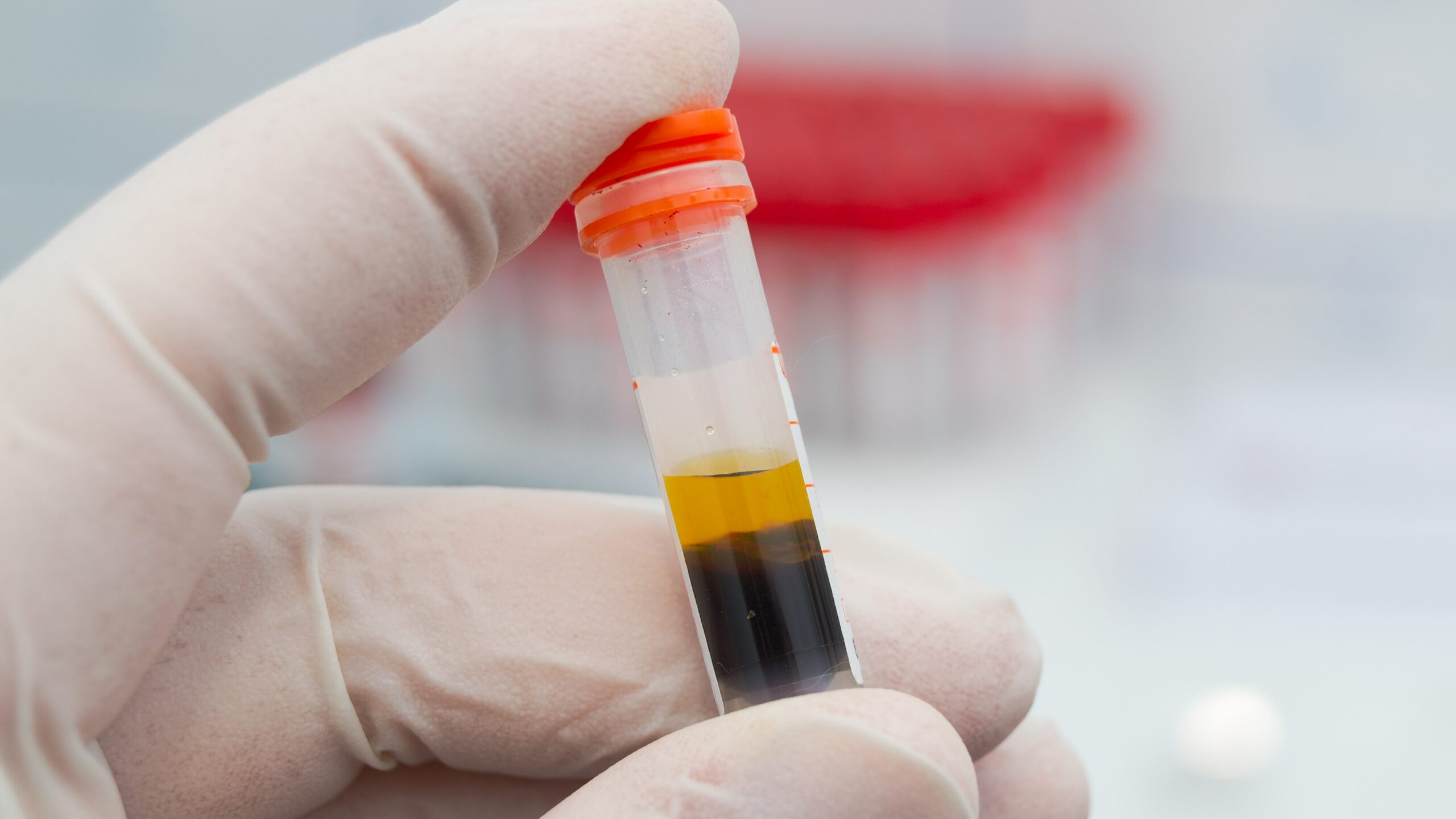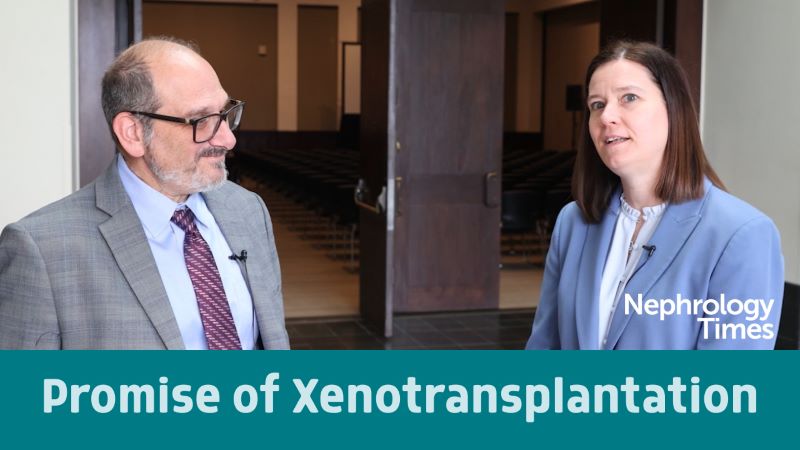
In the United States, there is well-documented geographic variation in the incidence of end-stage renal disease (ESRD) as well as access to kidney transplant. The disparities in kidney transplant are believed to be largely associated with regional variations in availability of organs and prevalence of ESRD. However, there are few data on the possible association between the disparities and differences in acceptance rates of deceased donor kidney offers.
Currently, offers of donation of a kidney to a transplant candidate are made to the transplant center where the candidate is wait-listed. The center can decline the offer on the patient’s behalf without informing the patient of the offer or the reason it was declined. Offers of organs are often declined on the basis of organ selection practices at the center level rather than a detailed assessment of the advantages for an individual candidate.
The associations between a center’s ability to decline offers of organ donation and patient access to transplant are unknown, as are the outcomes associated with a patient remaining on the wait-list following refusal of an donated kidney. S. Ali Husain, MD, and colleagues conducted a cohort study designed to examine outcomes for wait-listed kidney transplant candidates after refusal of a deceased donor kidney offer by the transplant center. Results of the study were reported online in JAMA Network Open [doi:10.1001/jamanetworkopen.2019.10312].
The researchers utilized data from the United Network for Organ Sharing Potential Transplant Recipient data set on all deceased donor kidney offers in the United States between January 1, 2008, and December 31, 2015. The final study cohort included all adult patients wait-listed for kidney transplant who received at least one allograft offer during the study period. The outcomes of interest were receipt of deceased donor allograft, receipt of living donor allograft, death while on the waiting list, removal from the waiting list without a transplant, or remaining on the waiting list at the end of follow-up.
The researchers identified 367,405 candidates on the waiting list during the study period; of those, 280,041 met eligibility criteria. Of the eligible candidates, mean age at time of wait-listing was 51.1 years and 61.2% were men. Median time receiving dialysis at time of listing was 1.2 years, 41.7% of the candidates (n=116,712) had diabetes, 13.4% (n=37,629) had panel reactive antibody >80%, and 6.0% (n=16,778) had vascular disease.
Among the 280,041 candidates, 29.2% (n=81,750) received a deceased donor kidney allograft, 11.0% (n=30,870) received a living donor allograft, 9.3% (n=25,967) died while on the waiting list, and 21.2% (n=59,359) were removed from the waiting list. The remaining candidates were still wait-listed as of the end of the study period (12/31/2015). Median follow-up was 755 days after listing.
During the study period, a mean of 10 candidates who previously received an offer died every day. Those who died while on the waiting list, compared with those in other groups, were statistically significantly older, more likely to have diabetes or vascular disease, and less likely to be wait-listed prior to initiation of dialysis. Candidates received their first offer of an organ a median of 48 days following wait-listing. Median time to first offer was similar between those who received a deceased donor organ and those who died waiting (79 vs 78 days).
Those who underwent a deceased donor kidney transplant received a median of 17 offers over a median of 422 days prior to the transplant. Candidates who died on the waiting list received a median of 16 offers over a median of 651 days before death; those who were removed from the wait list received a median of 15 offers while on the wait list.
Eighty-four percent of kidneys were declined on behalf of at least one candidate prior to being accepted for transplant; 27% of transplanted kidneys were refused for all candidates in their procuring donation service area, resulting in nonlocal use. As reported by the centers, concerns regarding organ or donor quality accounted for 92.6% (n=8,416,474) of all offers. Offers were infrequently refused due to patient-related factors (2.6%, n=232,193), logistical limitations (0.5%, n=49,492), or other concerns. That trend was stable across the study period.
Across all Kidney Donor Profile index deciles, concerns regarding organ or donor quality remained the primary reason for all declined offers. The proportion of kidneys that were not declined on behalf of any candidate decreased in 2015.
There was marked state-level variability in the interval between the first offer and death or transplant and in the likelihood of dying while having remained on the waiting list after receiving an offer. Following adjustment for candidate demographics and comorbidities and time between wait-listing and first offer, there was a statistically significant geographic heterogeneity in the odds ratio of death while remaining on the wait list after receiving at least one offer.
Candidates in 39 states were statistically significantly more likely to die after receiving deceased donor kidney offers than those in Maine. There was also wide variation by state in the median number of offers received before death while having remained on the waiting list, ranging from 3.5 to 30 offers.
The researchers cited some limitations to the findings, including the centers only being able to report one primary reason for organ refusals, and obtaining only limited data after the introduction of the kidney allocation policy in December 2014.
In conclusion, the researchers said, “This cohort study found that kidney transplant candidates received a large number of deceased-donor kidney offers that were refused on their behalf but subsequently accepted and transplanted into patients with lower priority on the match run. A death while on the waiting list was frequently preceded by multiple missed opportunities to accept an organ for transplant, which raises important questions about the current organ allocation process. Policy interventions that increase the transparency of these decisions may help maintain the objective nature of the allocation system, improve patient-centered dare, and increase transplant rates in the United States.”
Takeaway Points
- Results of a recent cohort study found that 10 kidney transplant candidates on the wait list with at least one previous offer of a deceased donor kidney died each day during the study period (January 1, 2008-December 31, 2015).
- Most kidneys were declined on behalf of at least one candidate before being accepted for transplant; concerns regarding organ or donor quality accounted for 92.6% of all declined offers.
- There were wide variations by state in the odds of death after an offer and the median number of offers received prior to death.







 © 2025 Mashup Media, LLC, a Formedics Property. All Rights Reserved.
© 2025 Mashup Media, LLC, a Formedics Property. All Rights Reserved.